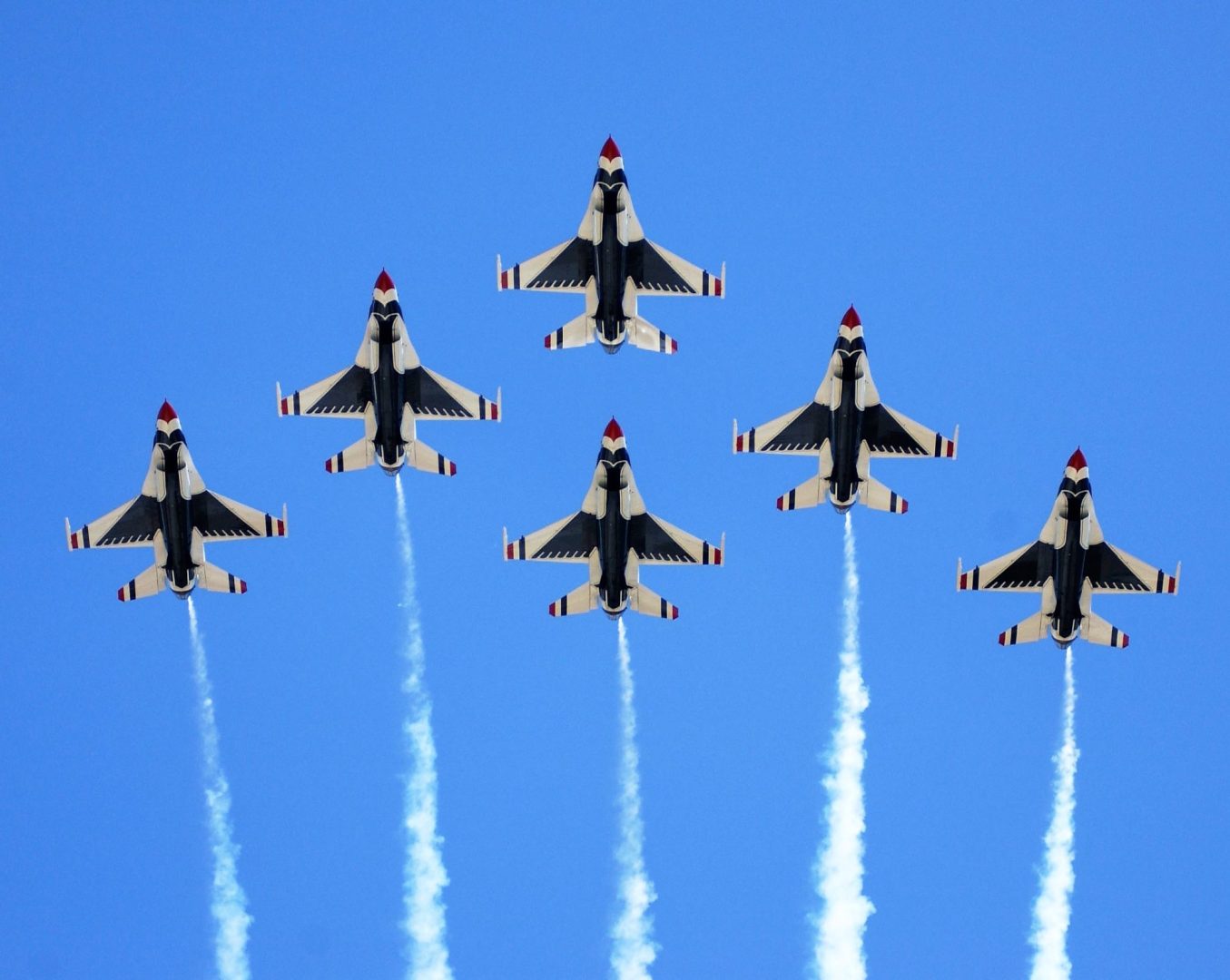Stryder50
Platinum Member
- Thread starter
- #21
Was about to start another thread for this, but dug this one up instead;
The 20 best films about pilots
.........
OK ~ ~ ~ there are some good ones here, but also too many clunkers.
I'd hesitate to disparage the author of this list, but as the saying goes, he don't 'Know Jack" about flying or aviators given some of the flubs on the above list.
My biggest beef is that one (or two) of the best movies dealing with aviation was this under the radar classic;
Always is a 1989 American romantic fantasy drama film directed by Steven Spielberg, and starring Richard Dreyfuss, Holly Hunter, John Goodman, Brad Johnson and Audrey Hepburn in her final film role.
Always is a remake of the 1943 romantic drama A Guy Named Joe set during World War II. The main departure from the 1943 film is the changing of the setting from wartime to a modern aerial firefighting operation.[3] The film, however, follows the same basic plot line: the spirit of a recently dead expert pilot mentors a newer pilot, while watching him fall in love with the girlfriend he left behind.[4] The names of the four principal characters of the earlier film are all the same, with the exception of the Ted Randall character, who is called Ted Baker in the remake, and Pete's last name is Sandich instead of Sandidge.
...

 en.wikipedia.org
~~~~~~~~~~
en.wikipedia.org
~~~~~~~~~~
And this one could have replaced at least a half dozen on the list in the link above;
....
A Guy Named Joe is a 1943 American romantic fantasy drama film directed by Victor Fleming. The film was produced by Everett Riskin, and starred Spencer Tracy, Irene Dunne, and Van Johnson. The screenplay, written by Dalton Trumbo and Frederick Hazlitt Brennan, was adapted from a story by Chandler Sprague and David Boehm, for which they were nominated for an Academy Award for Best Writing, Original Story.[4]
The film is notable for being Van Johnson's first major role. It also features the popular song "I'll Get By (As Long as I Have You)" by Fred Ahlert and Roy Turk, performed in the film by Irene Dunne.
Steven Spielberg's 1989 film Always is a remake of A Guy Named Joe,[5] and stars Richard Dreyfuss, Holly Hunter and John Goodman. Always updates the story for a 1989 setting, exchanging the World War II backdrop to one of aerial firefighting.[6]
...

 en.wikipedia.org
en.wikipedia.org
The 20 best films about pilots
MSN
www.msn.com
OK ~ ~ ~ there are some good ones here, but also too many clunkers.
I'd hesitate to disparage the author of this list, but as the saying goes, he don't 'Know Jack" about flying or aviators given some of the flubs on the above list.
My biggest beef is that one (or two) of the best movies dealing with aviation was this under the radar classic;
Always is a 1989 American romantic fantasy drama film directed by Steven Spielberg, and starring Richard Dreyfuss, Holly Hunter, John Goodman, Brad Johnson and Audrey Hepburn in her final film role.
Always is a remake of the 1943 romantic drama A Guy Named Joe set during World War II. The main departure from the 1943 film is the changing of the setting from wartime to a modern aerial firefighting operation.[3] The film, however, follows the same basic plot line: the spirit of a recently dead expert pilot mentors a newer pilot, while watching him fall in love with the girlfriend he left behind.[4] The names of the four principal characters of the earlier film are all the same, with the exception of the Ted Randall character, who is called Ted Baker in the remake, and Pete's last name is Sandich instead of Sandidge.
...

Always (1989 film) - Wikipedia
And this one could have replaced at least a half dozen on the list in the link above;
....
A Guy Named Joe is a 1943 American romantic fantasy drama film directed by Victor Fleming. The film was produced by Everett Riskin, and starred Spencer Tracy, Irene Dunne, and Van Johnson. The screenplay, written by Dalton Trumbo and Frederick Hazlitt Brennan, was adapted from a story by Chandler Sprague and David Boehm, for which they were nominated for an Academy Award for Best Writing, Original Story.[4]
The film is notable for being Van Johnson's first major role. It also features the popular song "I'll Get By (As Long as I Have You)" by Fred Ahlert and Roy Turk, performed in the film by Irene Dunne.
Steven Spielberg's 1989 film Always is a remake of A Guy Named Joe,[5] and stars Richard Dreyfuss, Holly Hunter and John Goodman. Always updates the story for a 1989 setting, exchanging the World War II backdrop to one of aerial firefighting.[6]
...







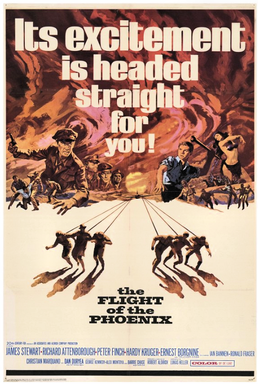


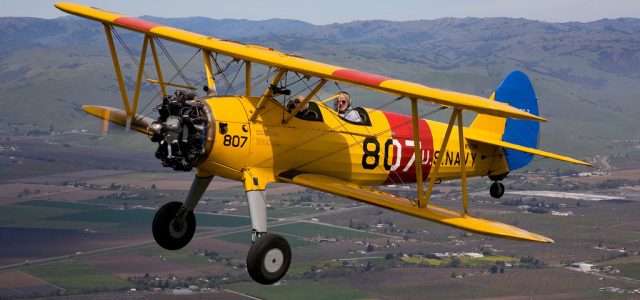
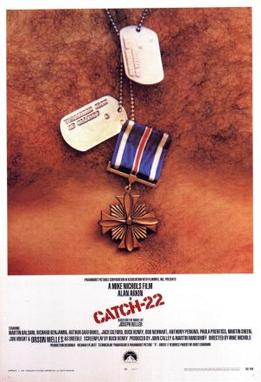

:extract_focal()/https%3A%2F%2Fs3.amazonaws.com%2Fpocket-syndicated-images%2Farticles%2F221%2F1566834171_direct.jpg)
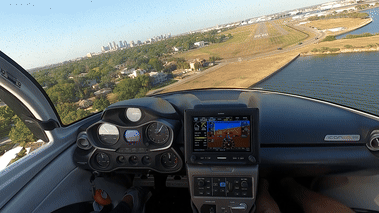












:extract_focal()/https%3A%2F%2Fpocket-syndicated-images.s3.amazonaws.com%2Farticles%2F7686%2F1649817879_6256354dcfdd2.png)
:extract_focal()/https%3A%2F%2Fpocket-syndicated-images.s3.amazonaws.com%2Farticles%2F7806%2F1652477243_627eccbb15484.png)
